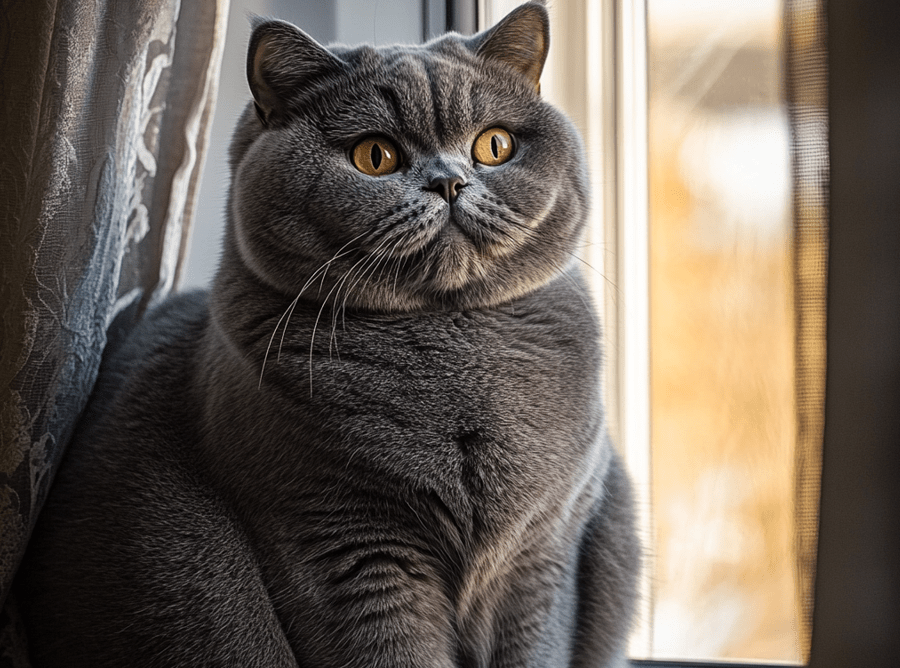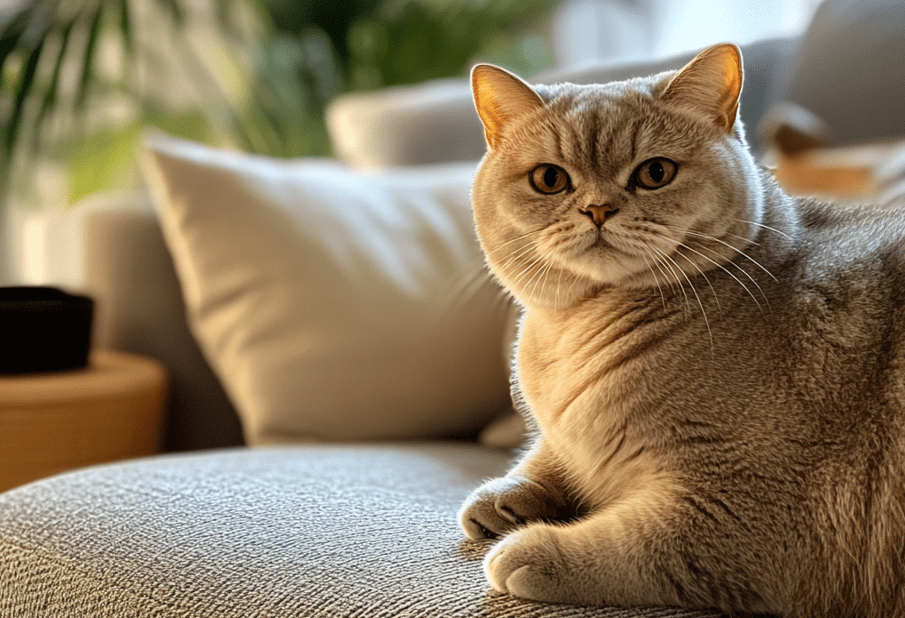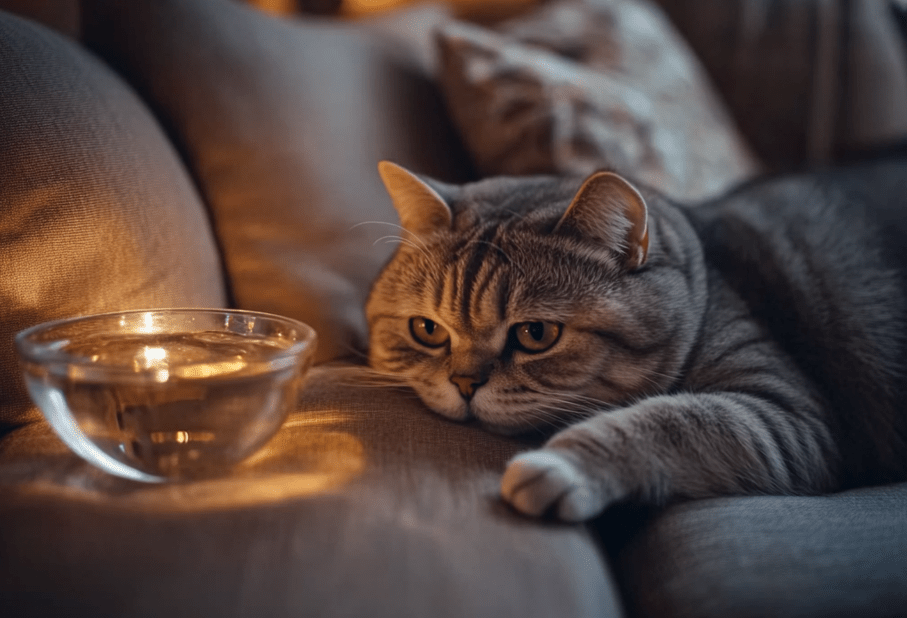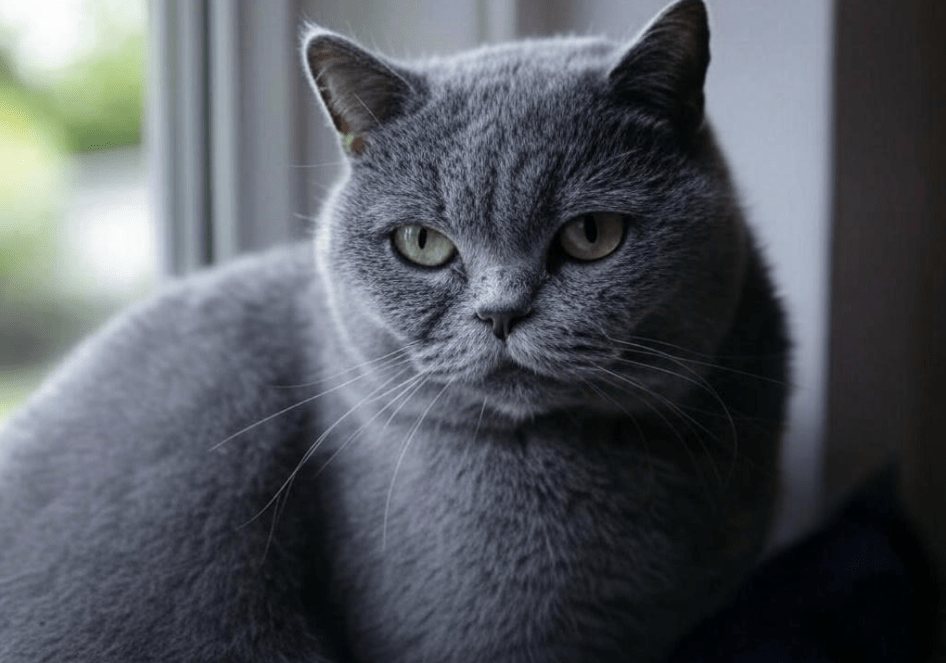
As your British Shorthair cat gracefully ages, their joint health becomes a critical factor in maintaining their quality of life. Known for their sturdy, muscular bodies and plush coats, British Shorthairs are beloved companions, but their robust build can put extra strain on their joints over time. Supporting joint health in aging British Shorthairs requires a proactive approach, combining proper nutrition, exercise, supplements, and veterinary care. This comprehensive guide explores how to keep your senior British Shorthair comfortable, mobile, and happy, ensuring they thrive in their golden years.
Understanding Joint Health in Aging British Shorthairs
Joint health is vital for cats, particularly for breeds like the British Shorthair, which have a stocky, heavy-boned structure. As cats age, their joints may experience wear and tear, leading to conditions such as osteoarthritis, a degenerative joint disease. Symptoms of joint issues in aging British Shorthairs include stiffness, reluctance to jump, reduced activity, or limping. Recognizing these signs early allows you to take steps to support your cat’s mobility and comfort.
Why British Shorthairs Are Prone to Joint Issues
The British Shorthair’s solid, compact physique, while charming, can contribute to joint stress. Their weight, which typically ranges from 9 to 18 pounds, places additional pressure on their joints, especially as they age. Factors like genetics, obesity, or a sedentary lifestyle can exacerbate joint problems. Understanding these predispositions helps tailor a care plan to your cat’s unique needs.
Key Strategies to Support Joint Health
Supporting joint health in your aging British Shorthair involves a multifaceted approach. Below, we outline evidence-based strategies to promote mobility, reduce discomfort, and enhance your cat’s overall well-being.
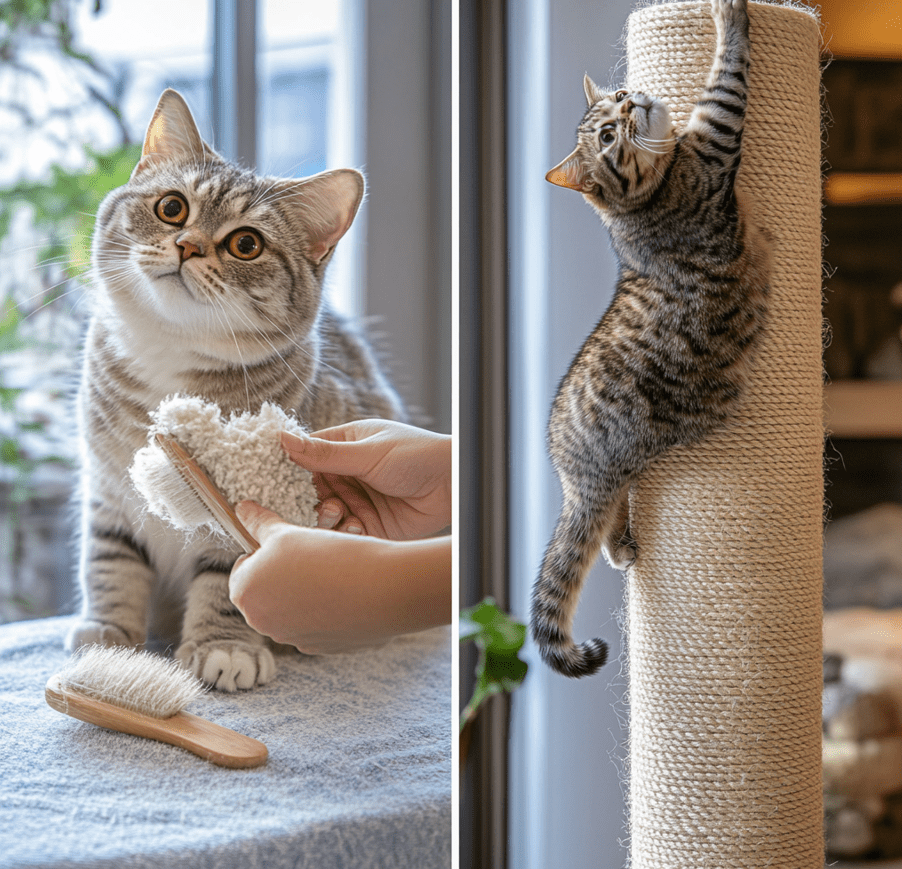
1. Maintain a Healthy Weight
Excess weight is a significant contributor to joint stress in cats. For British Shorthairs, whose sturdy frames can mask excess fat, maintaining an ideal body weight is crucial.
Monitor Caloric Intake: Work with your veterinarian to determine your cat’s ideal weight and caloric needs. Senior British Shorthairs often require fewer calories due to reduced activity levels.
Choose High-Quality Food: Opt for cat food formulated for senior cats, with balanced nutrients to support joint health and weight management. Look for diets rich in protein to maintain muscle mass and low in empty calories.
Portion Control: Use a measuring cup to ensure accurate portion sizes, and avoid free-feeding to prevent overeating.
Regular weigh-ins and body condition assessments can help you keep your British Shorthair at a healthy weight, reducing strain on their joints.
2. Provide a Joint-Friendly Diet
Nutrition plays a pivotal role in supporting joint health. Certain nutrients and ingredients can help reduce inflammation, lubricate joints, and slow the progression of joint degeneration.
Omega-3 Fatty Acids: Found in fish oil, omega-3s have anti-inflammatory properties that can alleviate joint pain. Look for cat foods or supplements containing EPA and DHA.
Glucosamine and Chondroitin: These compounds support cartilage health and joint lubrication. Many senior cat foods include these ingredients, or you can add vet-approved supplements.
Antioxidants: Vitamins C and E, found in many premium cat foods, combat oxidative stress, which can contribute to joint inflammation.
High-Quality Protein: Aging cats need adequate protein to maintain muscle mass, which supports joint stability. Ensure the protein source is easily digestible, such as chicken or fish.
Consult your veterinarian before introducing new foods or supplements to ensure they align with your cat’s health needs.
3. Encourage Gentle Exercise
While aging British Shorthairs may become less active, regular, low-impact exercise is essential for maintaining joint flexibility and muscle strength.
Interactive Play: Use feather wands, laser pointers, or soft toys to encourage short bursts of activity. Keep sessions brief (5-10 minutes) to avoid overexertion.
Create a Stimulating Environment: Provide cat trees with low platforms, ramps, or steps to encourage gentle climbing and stretching. Ensure platforms are padded to reduce joint impact.
Daily Movement: Encourage your cat to move by placing food bowls or toys in different areas of the home, prompting them to walk.
Avoid high-impact activities, such as jumping from tall surfaces, which can strain joints. Tailor exercise to your cat’s energy levels and physical abilities.
4. Use Joint Supplements
Supplements designed for joint health can complement a balanced diet and support your British Shorthair’s mobility.
Glucosamine and Chondroitin Sulfate: These are commonly used to promote cartilage repair and reduce joint inflammation. Available in powders, chews, or liquids, they can be added to your cat’s diet.
MSM (Methylsulfonylmethane): This compound has anti-inflammatory properties and may reduce joint pain.
Hyaluronic Acid: Found in some joint supplements, hyaluronic acid helps lubricate joints, improving mobility.
Green-Lipped Mussel: A natural source of omega-3s and glycosaminoglycans, green-lipped mussel is often included in joint supplements for cats.
Always choose high-quality, vet-recommended supplements, and follow dosing instructions carefully to avoid adverse effects.
5. Create a Joint-Friendly Home Environment
Modifying your home to accommodate your aging British Shorthair’s needs can significantly improve their comfort and mobility.
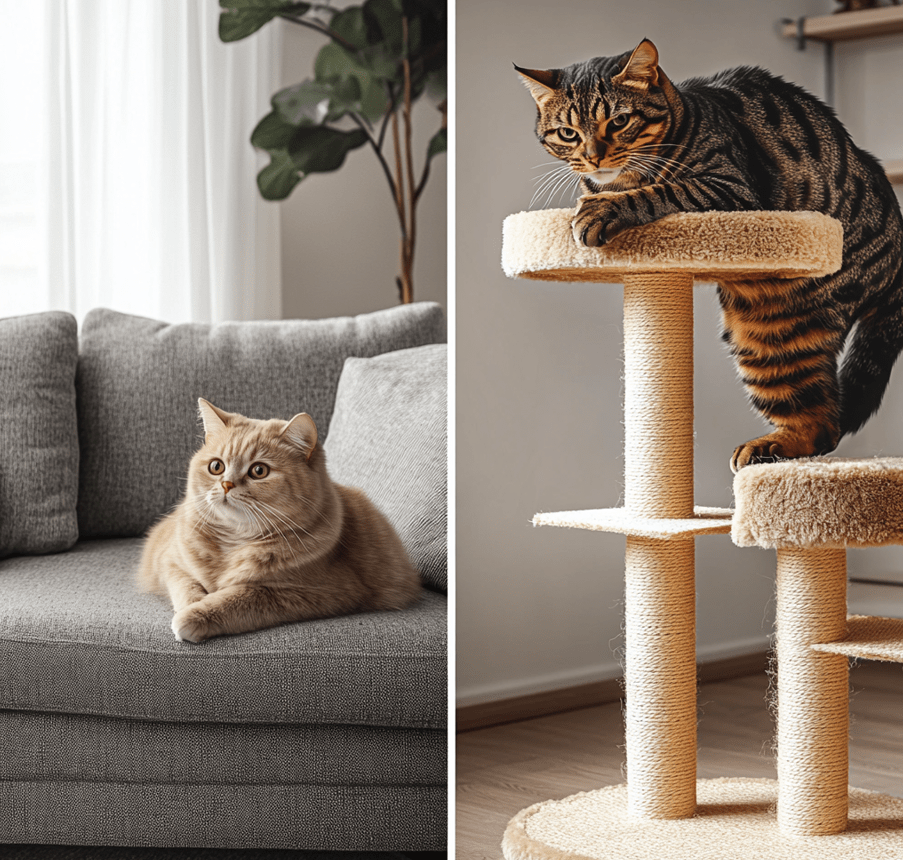
Provide Soft Bedding: Offer plush, orthopedic cat beds to support joints during rest. Place beds in warm, draft-free areas to prevent stiffness.
Install Ramps or Steps: Use pet ramps or low steps to help your cat access favorite spots, such as windowsills or sofas, without jumping.
Non-Slip Surfaces: Place rugs or mats on slippery floors to provide traction and reduce the risk of falls.
Accessible Litter Boxes: Choose low-entry litter boxes to make it easier for your cat to step in and out without straining their joints.
These adjustments create a safe, comfortable environment that encourages movement and reduces joint stress.
6. Schedule Regular Veterinary Checkups
Routine veterinary care is essential for monitoring your British Shorthair’s joint health and catching issues early.
Annual or Biannual Exams: Regular checkups allow your vet to assess your cat’s joint function, weight, and overall health.
Diagnostic Tests: X-rays or blood tests may be recommended to diagnose joint conditions like osteoarthritis or rule out other health issues.
Pain Management: If your cat shows signs of joint pain, your vet may prescribe medications, such as non-steroidal anti-inflammatory drugs (NSAIDs) or pain relievers, to improve comfort.
Physical Therapy: In some cases, vets may recommend physiotherapy or acupuncture to enhance mobility and reduce pain.
Open communication with your veterinarian ensures your cat receives personalized care tailored to their needs.
7. Consider Alternative Therapies
Complementary therapies can provide additional relief for aging British Shorthairs with joint issues.
Acupuncture: This holistic treatment may reduce pain and inflammation in cats with arthritis. Seek a certified veterinary acupuncturist for safe administration.
Laser Therapy: Low-level laser therapy can reduce inflammation and promote tissue repair in affected joints. Many veterinary clinics offer this non-invasive treatment.
Massage: Gentle massage, performed by a trained professional or under veterinary guidance, can improve circulation and relax stiff muscles.
Always consult your veterinarian before starting alternative therapies to ensure they are safe and appropriate for your cat.
Recognizing and Managing Osteoarthritis in British Shorthairs
Osteoarthritis is a common joint condition in aging cats, particularly in heavier breeds like the British Shorthair. Understanding its symptoms and management options is key to supporting your cat’s comfort.
Symptoms of Osteoarthritis
Stiffness or Limping: Your cat may move more slowly or favor one leg.
Reluctance to Jump: Avoiding high surfaces or hesitating before jumping.
Reduced Activity: Spending more time sleeping or avoiding play.
Behavioral Changes: Increased irritability or reluctance to be touched in certain areas.
If you notice these signs, consult your veterinarian promptly for a diagnosis and treatment plan.
Managing Osteoarthritis
Medications: Vets may prescribe NSAIDs, gabapentin, or other pain relievers to manage discomfort.
Weight Management: Keeping your cat at a healthy weight reduces joint stress.
Supplements and Diet: Joint-supporting supplements and anti-inflammatory diets can slow disease progression.
Environmental Modifications: Ramps, soft bedding, and low-entry litter boxes make daily activities easier.
Early intervention can significantly improve your cat’s quality of life and slow the progression of osteoarthritis.
The Role of Hydration in Joint Health
Proper hydration is often overlooked but is critical for joint health. Water helps maintain joint lubrication and supports overall health in aging cats.
Encourage Water Intake: Provide fresh, clean water daily, and consider using a cat water fountain to entice your British Shorthair to drink more.
Wet Food: Incorporate wet cat food into your cat’s diet to increase moisture intake, which supports joint and kidney health.
Monitor Hydration: Watch for signs of dehydration, such as sunken eyes or lethargy, and consult your vet if you’re concerned.
Hydration complements other joint health strategies, ensuring your cat’s body functions optimally.
Emotional Well-Being and Joint Health
Aging British Shorthairs with joint issues may experience stress or anxiety, which can exacerbate discomfort. Supporting their emotional well-being is an integral part of joint care.
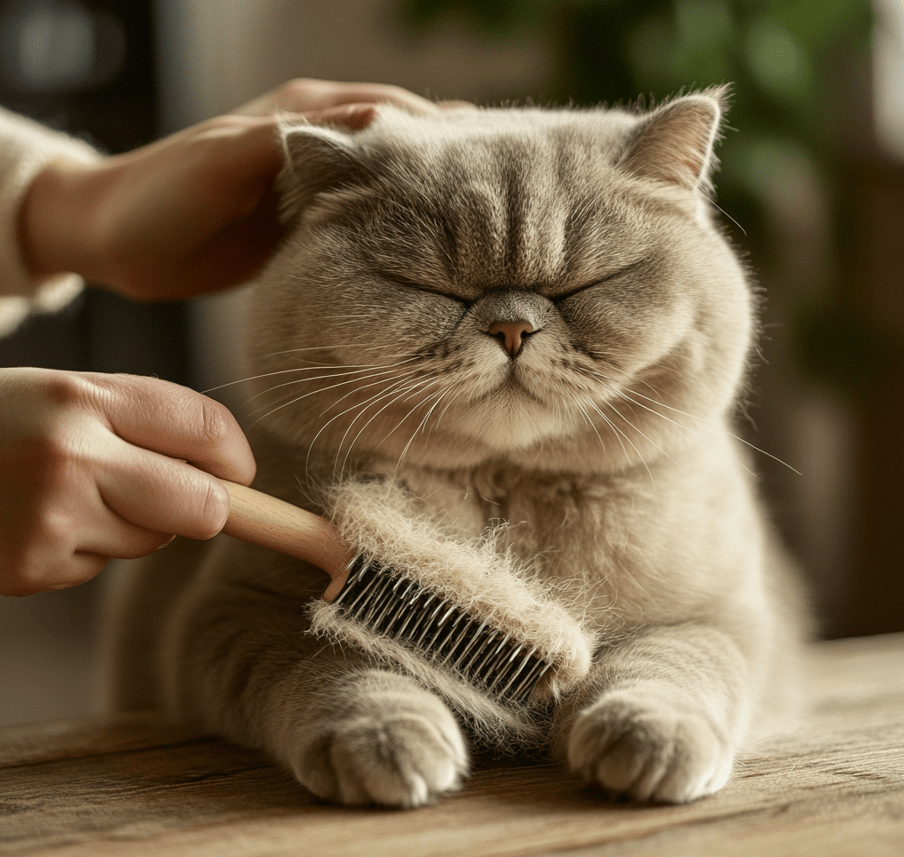
Provide Comfort: Spend quality time with your cat, offering gentle petting and a calm environment.
Minimize Stress: Avoid sudden changes to their routine or environment, as stress can worsen pain perception.
Enrichment: Offer toys, scratching posts, or window perches to keep your cat mentally stimulated, even with reduced mobility.
A happy, relaxed cat is more likely to stay active and respond positively to joint health interventions.
Choosing the Right Products for Joint Health
When selecting products to support your British Shorthair’s joint health, prioritize quality and safety.
Cat Food: Choose brands with joint-supporting ingredients, such as Hill’s Prescription Diet j/d or Royal Canin Mobility Support.
Supplements: Opt for vet-recommended brands like Cosequin, Dasuquin, or Vetoquinol’s Flexadin.
Beds and Ramps: Look for orthopedic beds from brands like PetFusion and sturdy, adjustable ramps from PetSafe.
Litter Boxes: Low-entry options, such as the KittyGoHere Senior Cat Litter Box, are ideal for aging cats.
Read reviews, check for veterinary endorsements, and consult your vet to ensure products meet your cat’s needs.
Common Mistakes to Avoid
When supporting joint health in aging British Shorthairs, avoid these pitfalls:
Ignoring Early Signs: Dismissing subtle changes in mobility or behavior can delay treatment and worsen joint issues.
Overfeeding: Excess calories lead to weight gain, increasing joint stress.
Using Human Supplements: Human joint supplements may be unsafe or ineffective for cats.
Forcing Exercise: Pushing your cat to move beyond their comfort level can cause injury or pain.
Proactive, informed care prevents these mistakes and promotes long-term joint health.
Conclusion
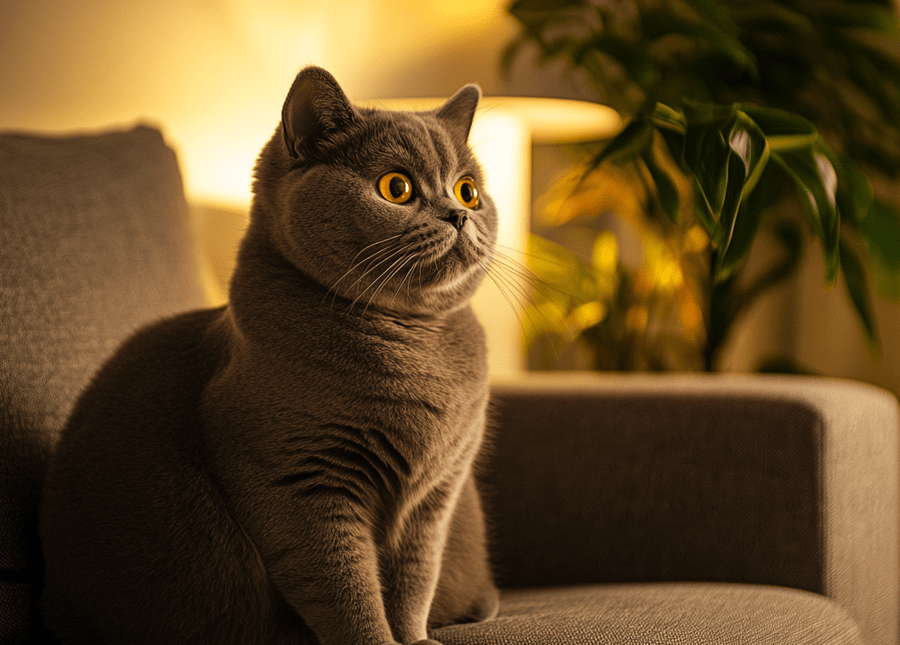
Supporting joint health in aging British Shorthairs is a rewarding endeavor that enhances your cat’s comfort and longevity. By maintaining a healthy weight, providing a joint-friendly diet, encouraging gentle exercise, and making thoughtful environmental modifications, you can help your senior British Shorthair stay active and happy. Regular veterinary care, supplements, and alternative therapies further support their mobility, while attention to hydration and emotional well-being ensures holistic care.
With dedication and the right strategies, you can make a meaningful difference in your British Shorthair’s quality of life, allowing them to enjoy their golden years with grace and vitality. For personalized advice, consult your veterinarian to create a tailored joint health plan for your beloved feline companion.

